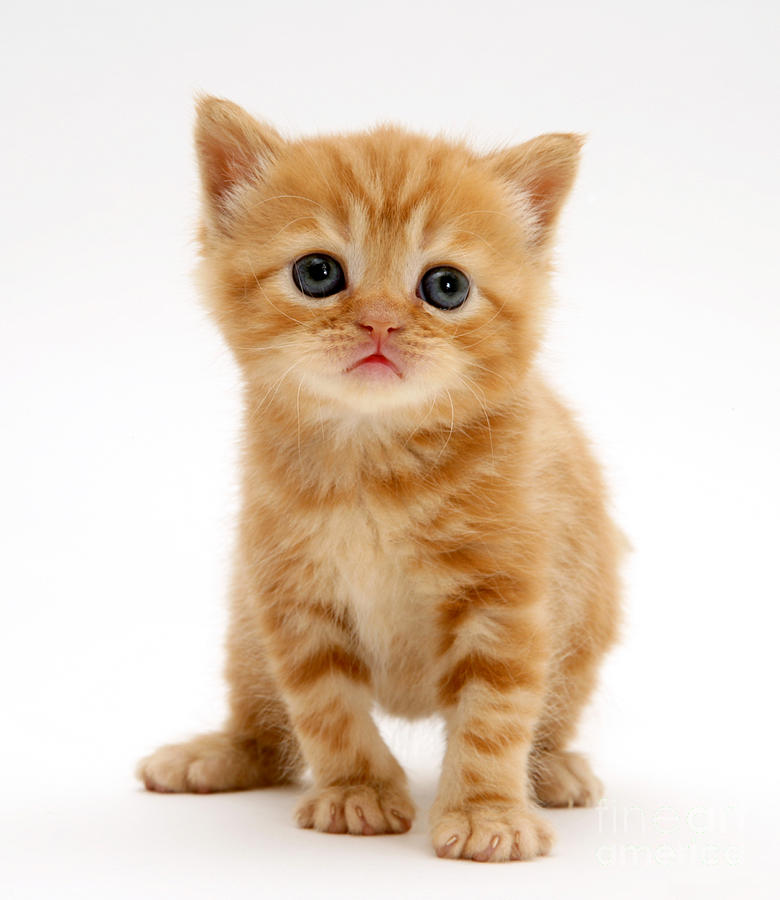If you are considering the addition of another cat into your household, many precautions should be taken to insure the health, safety, and happiness of all your felines.
Your feline-in-residence should be spayed/neutered, current with all inoculations, and free of internal and external parasites. Consult with your veterinarian regarding a feline leukemia screening and inoculation.
Ideally, the new cat would benefit from a thorough veterinary examination, including stool analysis, leukemia screening, and receive inoculations before arriving at your home or at least within 48 hours of its arrival. Spay/neuter scheduling is also suggested for adults and kittens over 5 months old.
The Cat Fanciers’ Association Complete Cat Book recommends isolating the newcomer for a quarantine period of 21 to 30 days to determine if the new cat develops an upper respiratory condition. Allowing the cats to mingle too soon presents medical risks as well as hissing, growling, spitting, and aggressive behavior. However, the best suggestion is to talk to your veterinarian about quarantine requirements and if it is necessary based on the cat you are adopting.
An unused bathroom or guest room equipped with the new cat’s food, water, litter box, sleeping area, and safe toys (nothing stringy that could be swallowed) will provide a quiet secure environment for the new cat to adjust to the new odors and sounds of the household. Eventually the new cat’s fur will absorb the scent of its new home and not smell “foreign” to the resident feline.
Following the quarantine and scent absorption period, introductions between may begin. One method is to leave the door to the quarantine room partially open to allow the newcomer to dash back to the safe area as needed.
The preferred method is to put the new cat in its carrier and place it in the main cat traffic area of the house for about 30 minutes. This protected integration period may be increased gradually. If the cats appear to be comfortable, the crated cat may be released with the others. Be aware that older cats may take longer to accept another cat. It is so easy to focus and dote upon the new cat and inadvertently ignore the resident cat. Therefore, it is important to provide additional quality time with the “senior” feline. An entertaining “icebreaker” for cats is to simultaneously toss cat toys in different directions or use cat teases (wands with feathers or shiny streamers) to engage the cats in play.
The CFA Official Book also recommends providing separate food and water bowls for each cat to avoid competition between cats and prevent confrontations. Another consideration is that the cats may be eating different foods because of age (kitten vs. adult formulas) and health issues (reduced calorie food to manage obesity, a prescription diet for urinary tract or other medical conditions).
In a multi-cat household, one litter box per cat plus one extra is suggested as some cats may bully others leading to soiling accidents around the house. Litter boxes may need to be placed on different floors of the house and offer privacy. Daily scooping will also prevent litter box misses.
Knowledge of feline communication skills is an asset to multi-cat owners. Cats produce a variety of vocalizations; however, their main mode of communication is through body language. Cat use body postures, facial expressions, ear, whisker, and tail positions to convey anger, playfulness, affection, and fear. Accurate interpretation of feline body language may prevent and alleviate conflicts between animals. For more information, read the Cat Behavior Answer Book by Arden Moore and the Cat Fanciers’ Association Complete Cat Book.
If a physical confrontation develops, make a sudden loud noise by banging a spoon against a skillet, use a shaker can made from an empty soda can filled with a few pennies with the opening taped shut, or squirt the cats with water from a spray bottle. Never try to separate the combatants with your bare hands. You can also use a bath mat or thick towel over the cat gladiators to prevent yourself from being clawed or bitten.
We tend to think of cats as loners, however it is possible for them to live together peaceably and even express affection towards one another. This can be observed when they briefly touch noses as a greeting, and especially when they “head butt” each other. It is charming to see two cats sharing a bed, chair, or sofa contentedly curled up together purring and blissfully sleeping. However, some cats may never achieve such togetherness but can co-exist in the same household with the occasional minor skirmish.

